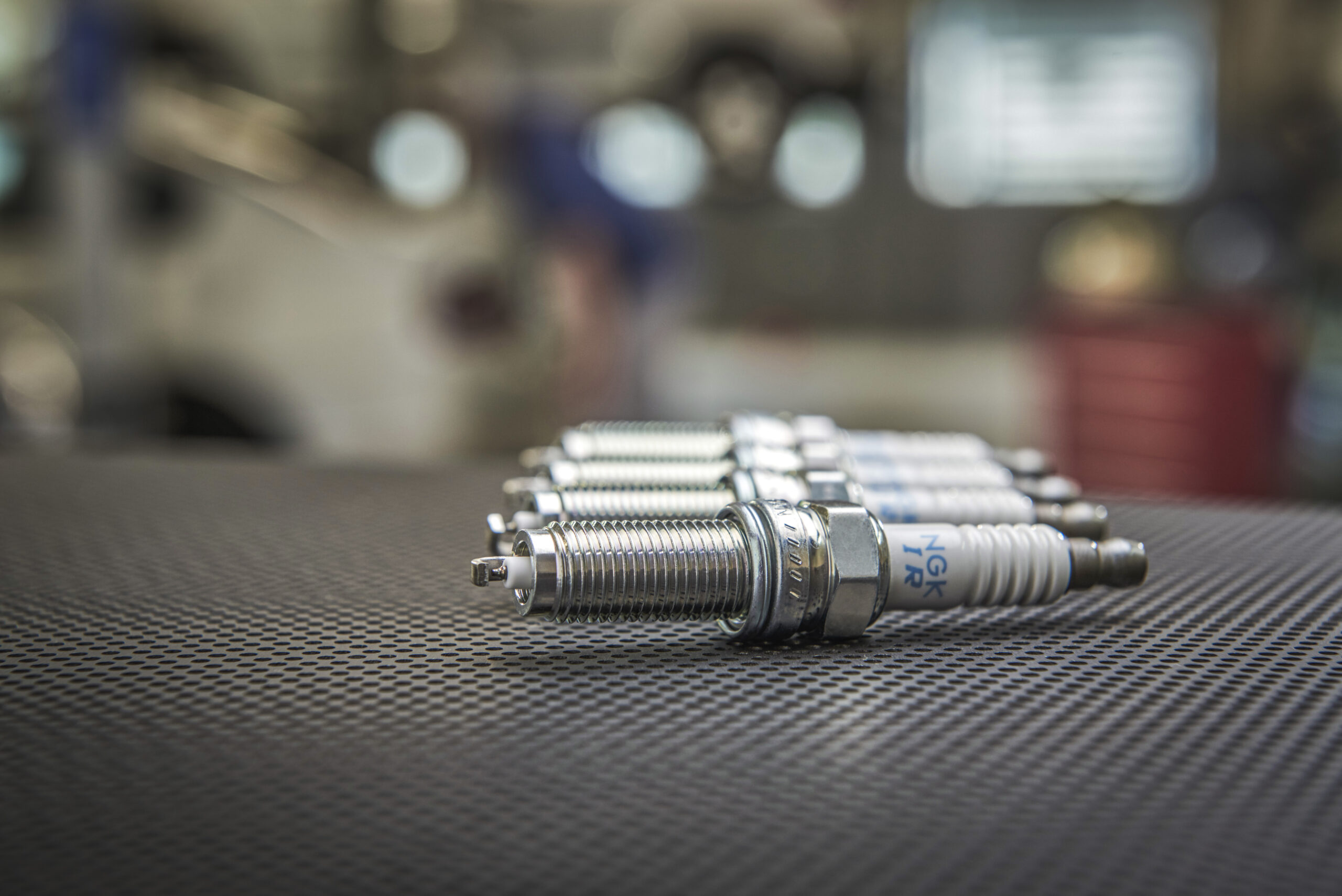NGK SPARK PLUG has been perfecting spark plugs since the 1930s. With an annual capacity of around 1,000,000,000 spark plugs, a large part of the company’s success is due to its passion for continuous product innovation. Let’s examine the role the Japanese company has played in the evolution of this small, but vital part of the combustion engine.
The enduring design principle
The mighty spark plug has been a hero of ignition ever since its introduction in the early 20th century, igniting the air-fuel mixture in engines that creates combustion which pushes the pistons down. Before its invention, systems such as naked flames and glow tubes were used in the ignition process. These systems, however, were unreliable and presented a ‘fundamental obstacle’ to early motoring.
The spark plugs easily overcame this hurdle. Such has been its success, that the original design principle that was used by NGK SPARK PLUG in the 1930s has not been altered. Just like the four-stroke engine, the basic principle of how a spark plug functions hasn’t changed since they first started being used in automobiles A spark plug is still screwed in, consisting basically of a thread, a metal sleeve, electrodes and a ceramic insulator.
Innovation is key
To improve spark plug efficiency, the company started to manufacture ‘copper-core wide range’ spark plugs in 1965, which became a pioneer product in the automobile industry. The addition of a copper core in the ground electrode provided superior heat dissipation to the spark plug because copper is a better heat conductor than metal
A further major innovation in spark plug technology was the introduction of ‘V-groove’ in 1979. Named because of its v-shaped centre electrode, the V-groove’s design forced the spark to occur at the outer edge of the electrode, making the air-fuel mixture easier to ignite, while also reducing the voltage required to produce a spark. Due to its improved ignitability, V-groove continues to be a popular Aftermarket choice.
Precious metals
The introduction of precious metals Platinum (1982) and Iridium (1996) into its product range was a giant leap for NGK SPARK PLUG. The company’s range of precious metal spark plugs provide higher ignitability and longer service life over conventional spark plugs. This is because of their higher melting points over traditional metals such as nickel
Racing: the toughest test arena
Precious metal spark plugs are also used in the world of motorsport, where the company has a long and illustrious history. Laboratory and road testing alone aren’t enough. To continually deliver enhanced engine parts that excel in the most demanding driving conditions, you have to prove them at the top level of motorsport because it provides the toughest test possible
Our precious metal spark plugs, for example, began in F1 but are now common OE in passenger cars, bringing driving and environmental benefits to us all


amazing track record.
Very interesting how a spark plug is no longer just a spark plug,interesting how the plug in the 1930 had a thread,metal sleeve,electrode and ceramic electrode and with all the ever changing times NGK has managed to not alter the base design but the metals used to better the plug,and designing the V groove for better ignition is brilliant.
Goes to show just how much effort goes into these products!
Amazing how a spark plug has changed over the years.